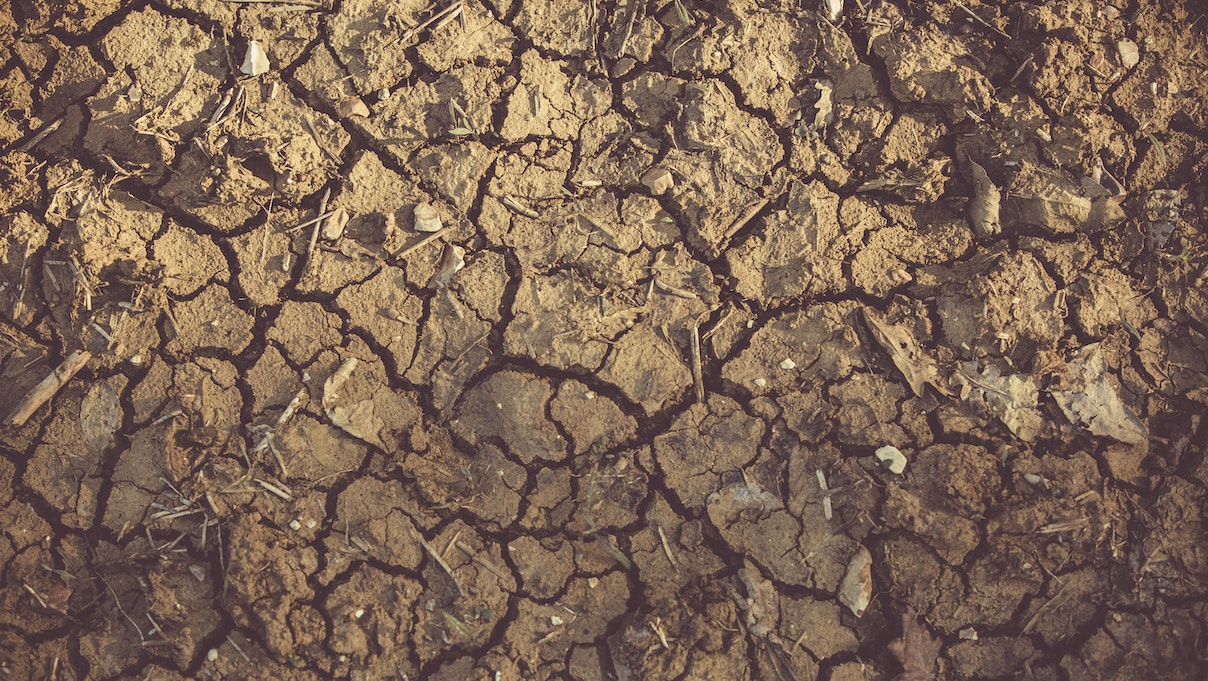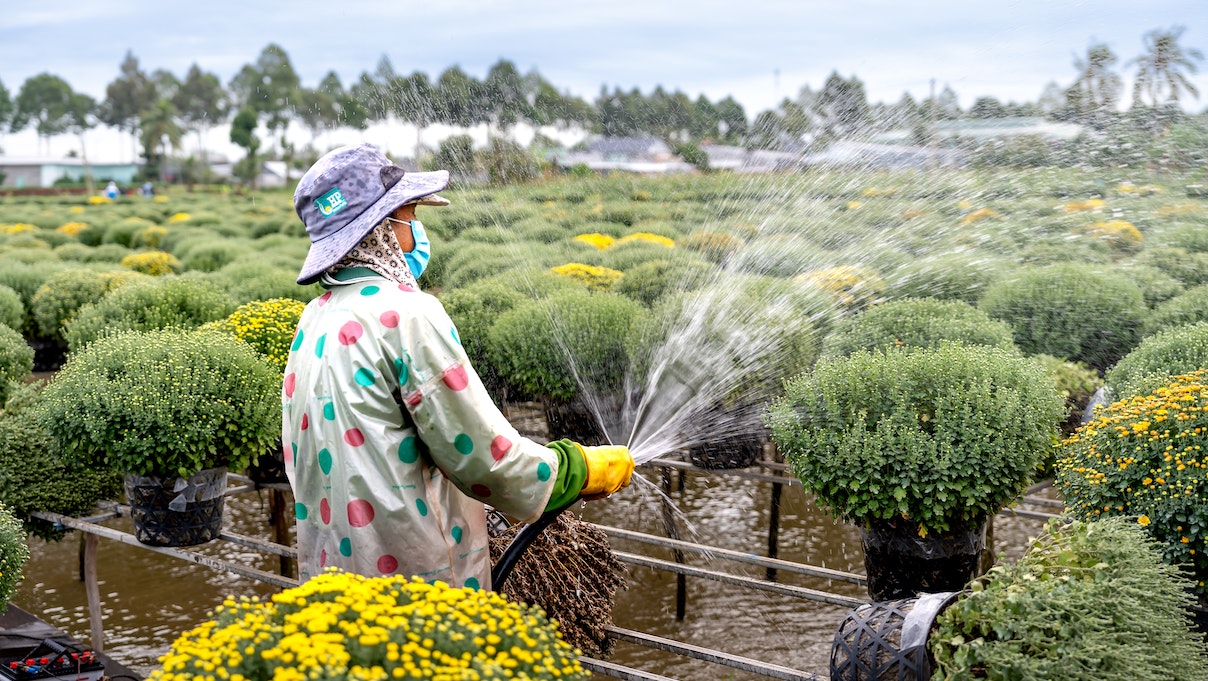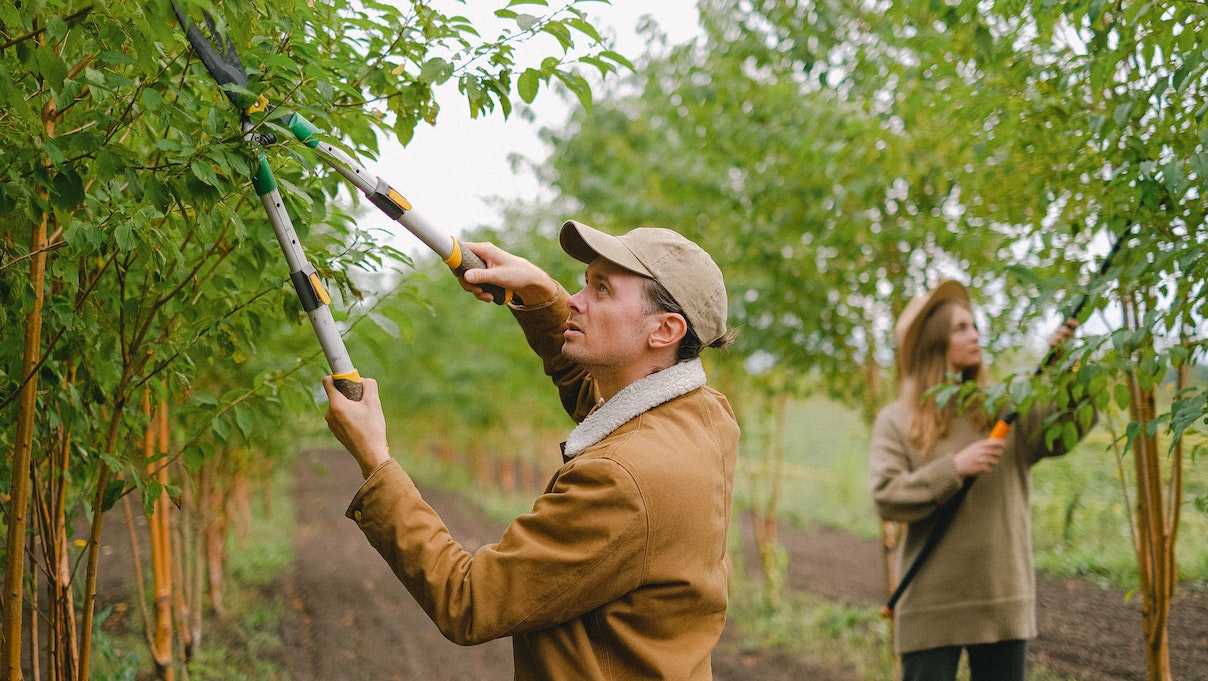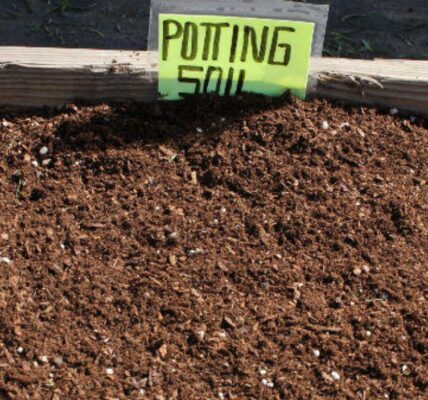While working with heavy clay soil can be difficult, it has advantages such as retaining moisture and hosting plant nutrients better than other soil types. With the addition of soil amendments, clay soil can be transformed into a fertile habitat for plant growth.
Amending Clay Soil
The idea that sand may lighten heavy clay soil is false. Rather than improving soil quality, adding sand frequently makes the soil harder and unsuitable for worms. The best way to amend clay soil is to use organic elements such as compost, leaf mold, and well-rotted manure. Organic matter improves soil nutrients, improves drainage and aeration, reduces compaction, regulates soil temperature, and offers pore space, all of which are important for optimum plant growth.

To amend soil, the first step is to add organic matter and have a soil test done to know what other amendments to incorporate. To start, loosen the soil with a tiller or spade, and then add 2 inches of compost, working it in three times. It is essential to work in clay soil only when it is dry to avoid damaging the structure.
More on Organic Matter
To improve your soil, follow nature’s example and use organic matter like leaves, hulls, or bark as mulch. It’s best to use what’s readily available in your region, such as pine needles, seaweed, or other organic materials. Don’t fall for the misconception that pine needles or oak leaves make the soil acidic, as it’s not true.
Chop leaves with a lawn mower or chipper to maximize their usefulness as mulch and soil additives. This guarantees that they stay in place, suppress weeds, and degrade more quickly. To allow for rainwater percolation, apply top-down soil amendments in layers no more than 2 to 3 inches deep. Use the strength of plant roots to improve heavy soils and supply organic matter. Planting marigolds, zinnias, or other annuals in new gardens and cutting them down to the ground at the end of the season allows the roots to degrade in the soil, resulting in improved soil structure.
Conclusion
Clay soil can be a difficult medium for plant growth, but with the correct procedures and additives, it can become fruitful and productive. Some successful techniques to improve and amend clay soil include adding organic matter, avoiding sand, employing roots to break up heavy soils, and applying top-down soil amendments. Gardeners can turn their sticky clay soil into a nutrient-rich and healthy medium for plant growth by using these approaches.




